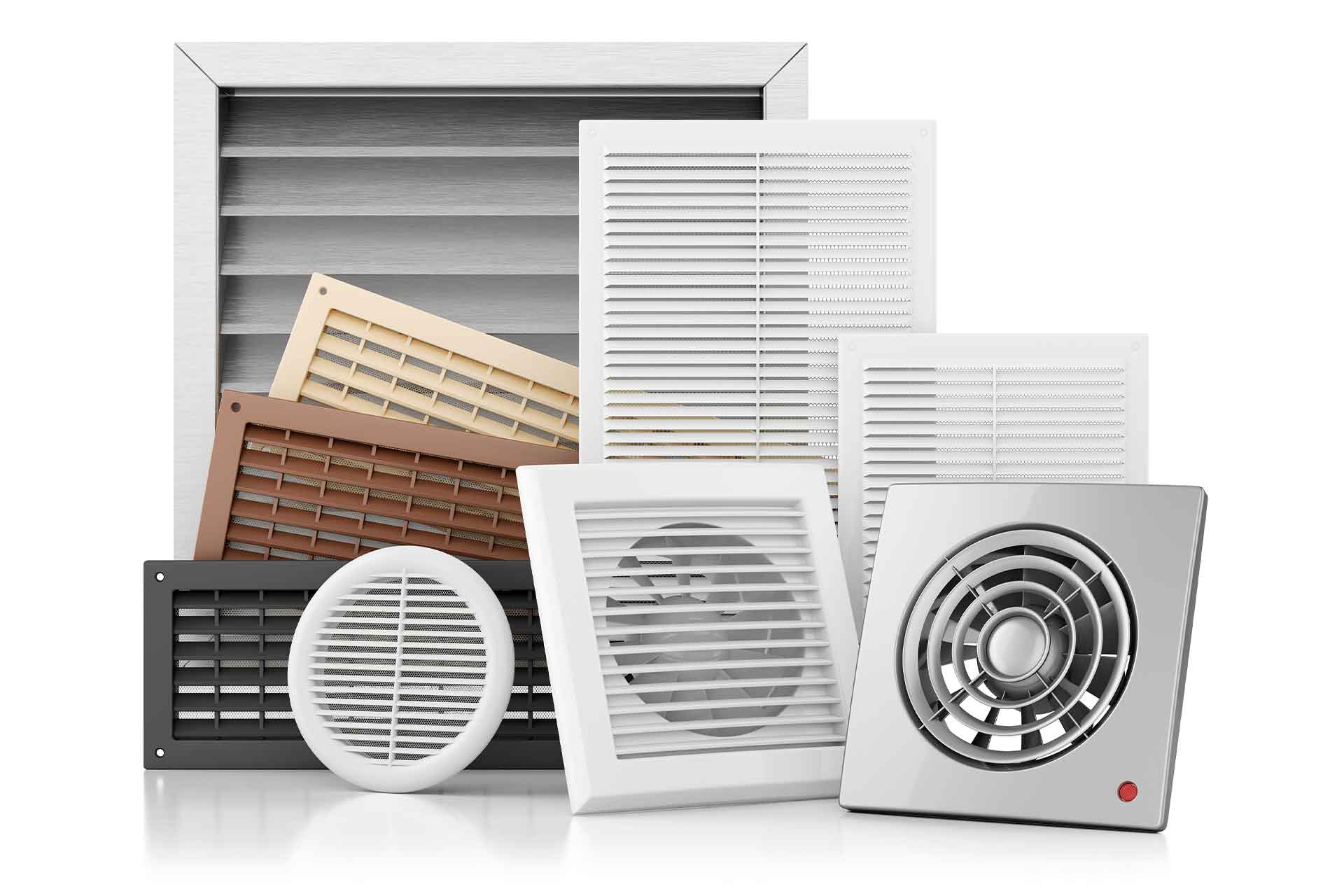How to Choose the Right Contractor for Home Ventilation Melbourne
Wiki Article
Understanding the Importance of Home Air Flow for a Healthier Living Setting
Home air flow plays an important role in maintaining a healthy and balanced living atmosphere. It facilitates the exchange of interior and outdoor air, which is very important for improving air quality. Without appropriate ventilation, homes can become reproducing grounds for allergens and contaminants. The effects of inadequate air flow can be considerable. This raises the query of exactly how house owners can effectively apply ventilation strategies to safeguard their health and health. Comprehending these methods is critical.
The Basics of Home Ventilation
Home air flow acts as a crucial element of indoor air quality and convenience. It entails the procedure of trading stagnant indoor air with fresh exterior air, thus lowering humidity and controlling temperature. Appropriate air flow systems can consist of natural techniques, such as open windows and vents, in addition to mechanical systems, such as exhaust followers and air exchangers. Efficient home ventilation helps stop concerns like indoor mold and mildew growth and the accumulation of damaging particles. It likewise boosts general power efficiency, as well-ventilated spaces can keep comfy temperatures with less dependence on home heating and cooling down systems. Comprehending the fundamentals of home ventilation is important for home owners looking for to create a healthier living environment for themselves and their families.
Common Sources of Indoor Air Air Pollution

Lots of may not realize it, interior air contamination can originate from various resources within a family. Common factors include unstable natural compounds (VOCs) released from paints, solvents, and cleansing products. House devices, such as gas stoves and fire places, can release harmful gases like carbon monoxide and nitrogen dioxide. In addition, mold and mildew and mold thrive in wet locations, launching spores that influence air top quality. Pet dander, dust termites, and pollen can collect indoors, additional exacerbating air pollution degrees. Smoking cigarettes inside your home creates harmful chemicals that linger airborne. Building materials, consisting of asbestos and formaldehyde, can off-gas damaging materials. Recognizing these resources is crucial for preserving a much healthier interior atmosphere and advertising reliable air flow approaches.
Wellness Effects of Poor Ventilation
Interior air pollution can have significant health and wellness implications, particularly when ventilation is poor. Poor ventilation can result in the build-up of damaging contaminants, such as unstable natural substances, mold, and particulate issue. This build-up may lead to respiratory issues, consisting of asthma, allergies, and chronic obstructive pulmonary illness. Individuals might experience signs like headaches, fatigue, and inflammation of the eyes, nose, and throat. Vulnerable populations, such as children and the senior, go to higher risk for extreme wellness impacts. Long-term exposure to inadequately ventilated settings can also contribute to much more major conditions, consisting of cardiovascular illness. Making certain appropriate air flow is necessary for preserving a healthy living atmosphere and decreasing the danger of health difficulties connected with indoor air pollution.Effective Air Flow Techniques for Your Home
Appropriate air flow is crucial for preserving a healthy indoor atmosphere, and applying efficient methods can substantially enhance air quality. House owners can begin by making sure that exhaust followers are set up in kitchens and washrooms to eliminate excess dampness and smells. Opening home windows frequently permits fresh air to distribute, specifically throughout mild weather. Furthermore, utilizing air cleansers with HEPA filters can aid capture air-borne pollutants. For homes with home heating and cooling systems, maintaining cooling and heating systems and altering filters on a regular basis is crucial for peak performance. Integrating all-natural ventilation strategies, such as cross-ventilation, can likewise enhance air flow. Ultimately, sealing any type of leaks in doors and home windows avoids unwanted drafts, which can interrupt regulated airflow, eventually causing improved interior air quality and convenience.Preserving Optimal Air High Quality Year-Round
To keep ideal air top quality year-round, house owners must adopt a proactive technique to handling their interior atmosphere. Frequently checking indoor air top quality is vital; this includes monitoring for contaminants such as dirt, mold, and volatile organic substances (VOCs) Carrying out reliable ventilation systems, Home Ventilation Melbourne such as exhaust followers and air purifiers, can considerably minimize air-borne pollutants. Furthermore, routine maintenance of HVAC systems assurances peak efficiency and air circulation. Home owners need to likewise consider moisture degrees, as too much moisture can bring about mold and mildew development. Seasonal modifications might demand modifications in ventilation techniques to accommodate differing outside air top quality. By prioritizing these methods, house owners can develop a healthier home, promoting general wellness for all residents throughout the year.Frequently Asked Questions
Just How Can I Tell if My Home Demands Better Air Flow?
To identify if a home needs far better ventilation, one should observe indicators such as persistent humidity, mold and mildew development, moldy smells, condensation on home windows, or increased allergy symptoms, showing insufficient air movement and potentially poor interior air top quality.What Are the Signs of Poor Indoor Air High Quality?

Can Houseplants Improve Indoor Air High Quality Successfully?
The efficiency of houseplants in improving interior air quality is debated. While some research studies suggest they can take in toxins and produce oxygen, their total impact might be marginal contrasted to appropriate ventilation and air filtering systems.How Frequently Should I Adjustment My Air Filters?
The frequency of air filter adjustments commonly depends on usage and filter kind. Generally, it is advised to change filters every three months, though households with animals or allergies may require even more constant changes for optimal efficiency.Exist Any Kind Of Particular Ventilation Systems for Allergic Reaction Sufferers?
Lots of ventilation systems, such as HEPA-filtered systems, properly lower allergens in the air. Home Ventilation Melbourne. These systems catch plant pollen, dust, and pet dander, offering allergy patients with a cleaner, much healthier indoor setting while handling air top quality effectively
It promotes the exchange of exterior and interior air, which is essential for improving air high quality. Home air flow serves as a vital element of indoor air high quality and convenience. It involves the procedure of trading stagnant interior air with fresh outdoor air, therefore minimizing moisture and managing temperature. Indoor air contamination can have considerable wellness ramifications, specifically when air flow is poor. Appropriate air flow is essential for preserving a healthy and balanced indoor setting, and carrying out efficient methods can significantly improve air high quality.
Report this wiki page